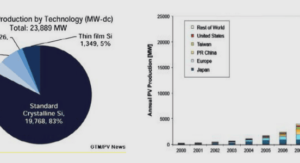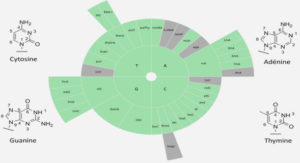The factor tree explained most of the estimated variance for the timing of bud flush, but its effect slightly decreased throughout the growing season from 45% to 30% . The tree factor accounted for all the residuals, as it represents individual differences, others than year, provenance and family. This means that the tree effect takes in the phenotype, as it represents the individual genotype (G), part of the environmental variation (E) and their interactions (GxE). Forty-five percent of variation was explained by the differences among trees for open bud (BB1), decreasing to 30% for exposed shoot (BB6). Family and provenance accounted for a similar proportion of the variance, which ranged between 19 and 31%. A marked increase of the year effect was noticed, from less than 5% (phases BB1 to BB5) up to 28% for exposed shoot (BB6) .
The year effect explained most of the variance of the first two phases of bud set (BS1, 65% and BS2, 46%), and decreased to 11-1% for the successive phases (BS3-BS5). Conversely both family and provenance effects increased from 6% to 25%. A similar pattern was observed for the tree, which increased from 18% for white bud (BS1) to 60% at the end of bud set (BS5) .
Xylem phenology showed a distinct pattern than that observed for bud flush and bud set. For phases C1 to C3 that occur during the spring, family and provenance had marginal effects (1-5%), while the year explained most of the variance (61-74%). The proportion of variance due to the tree ranged between 21% and 31%. For the last two phases C4 and C5 (ending of cell enlargement and cell wall lignification) the tree explained between 56 and 76% of the variance while the effect of the year was reduced to 20-4%. At the same time, family and provenance explained on average 18% and 2% of the variation of the same two phases (C4 and C5), respectively .
Bud phenology and xylem phenology: variability between classes and years
The GLM produced significant models for all phases of bud flush, bud set, and wood formation. The factor DOY (Day Of the Year) was constantly highly significant (p<0.001) . Indeed, we created the regressions in function of the DOY, so our variables (phases of each organ phenology) change according to it. As expected bud flush started earlier for all the early flushing provenances in both years. A small significant year effect was observed in bud flush, but only for open (BB1) and split bud (BB5) phases . For the bud set, white bud (BS1), brownish bud (BS2) and brown bud (BS3) showed significant differences between years with 2015 being the earliest one . Such a result should be interpreted carefully for BS1 phase because some data were not recorded at the very beginning of this phase (missing data DOY 170-190) . All phases of wood formation (C1 to C5) showed significant (p<0.001) differences between years for the logistic regression, confirming that 2015 was also the earliest year for cambium reactivation , with about 5 days of differences between 2014 and 2015 for C1, C2 and C3. Very similar results were obtained with the heat sums models (results not shown), which means that the difference was not due to differences in temperature between years.
The bud flushing class (early vs late) impacted significantly all phases of bud set and all phases of xylogenesis, with the exception of the first wall-thickening cell (C2) . For bud flush, there was difference between both flushing classes in the starting dates (DOY of the beginning of each phase), ranging from 20.0 days for open bud (BB1) to 9.0 days for swollen bud (BB3) with an average of 12 days. . The differences observed along the year between flushing classes was similar in both years. For the bud set, the difference in the DOY between both early and late flushing class was lower, 5.4 days on average, ranging between 0 for brownish bud (BS3) in 2014 and 10.0 days in 2015 for the white bud (BS1) . For xylogenesis, the difference in days between the both flushing classes was 4.0 days on average, ranging from 1.0 days for the first wallthickening cell (C2) to 5.0 days for the first enlarging cell .
No significant difference in tree-ring growth was observed between early and late provenances although significant differences were observed between 2014 and 2015. The ANOVA showed no difference between flushing classes, and no interaction class×year. On average early provenances had a tree ring of 2169.8 μm in width, while late provenances had a tree ring of 2092.8 μm in width.
INTRODUCTION GÉNÉRALE |





